Imagine owning a hoodie that's as unique as a fingerprint. Welcome to the world of mmERCH, a new venture offering custom-made, one-of-a-kind clothing that's traceable via blockchain technology.
Each mmERCH product begins as a generative art piece, then gets minted as an NFT which can be redeemed for a physical garment. This innovative approach, conceptualized by mmERCH founder and CEO Colby Mugrabi, enables the creation of bespoke clothing on a large scale — a feat Mugrabi says has never before been achieved.
By embedding near-field communication (NFC) chips in each hoodie, mmERCH has turned clothing into "wearable wallets" that record the provenance and experiences associated with each item. This novel approach unlocks a new level of engagement for collectors and fashion enthusiasts who want a historic ledger of an item’s notable owners or epic occasions.
mmERCH is therefore perhaps the ultimate bridge between traditional fashion and web3. In March 2024 the company raised $6.4 million from a mix of investors representing the business, fashion, tech and crypto industries. Web3 VC fund Liberty City Ventures led the round, which also attracted participation from notable backers like Christie’s Ventures, FlamingoDAO and leading fashion investment collective RedDAO. Red DAO also backs The Fabricant, DressX and gmoney’s on-chain luxury house 9dcc.
In April 2024, Mugrabi and her team hosted a high-profile New York City pop-up event that drew significant attention and appearances by fashion icon Ashley Olsen and designers Marc Jacobs and Diane von Furstenburg. A month later, mmERCH launched its inaugural token-linked experience for hoodie owners with contemporary artist Tom Sachs. mmERCH genesis collection holders had their first opportunity to capture an IRL experience on the blockchain at Sachs’ event, BODEGA 245 “PICASSO,” in New York City.
In this Q&A, we sit down with Mugrabi, the visionary behind mmERCH, to learn about the origins of the brand, the strategy behind its first successful drop and Mugrabi’s thoughts on the future of fashion.
Note: This transcript has been edited for length and clarity.
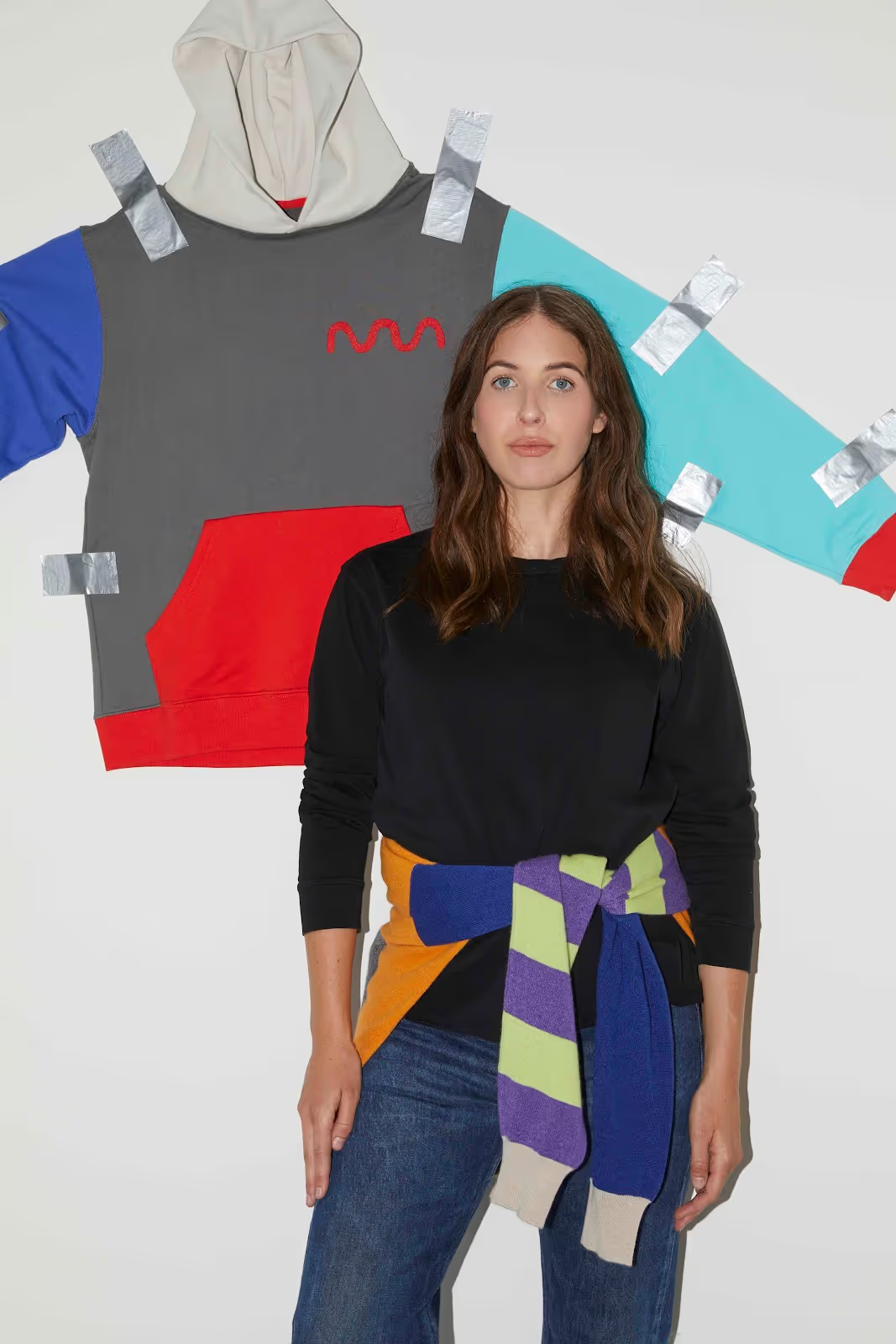
OpenSea: Can you share the story of how you first conceived the idea of mmERCH? What sparked the concept, and why did you choose generative AI hoodies?
Colby Mugrabi: I studied at the Gallatin School at NYU, focusing on art history, fashion and art, with a minor concentration in architecture and design. After graduating, I launched a website called Minnie Muse, where I created original content about the history of art, fashion, architecture and design. I wrote articles discussing runway collections through the lens of historical architecture or comparing paintings with industrial design. It was always about finding common ground between different creative fields. In March 2021, when the Beeple sale happened, my husband, an art dealer, started getting inundated with calls about Beeple and NFTs. I began researching NFTs, the metaverse and web3. I quickly realized this was the future for my brand. It took me about five to six months of workshopping ideas, similar to the content I was creating at Minnie Muse. I wanted to honor my passion for fashion and art while being authentic to the web3 space. My first idea was purchasing land in the Metaverse to become a web3 native partner for onboarding luxury brands. I had a few early conversations with brands I had relationships with, but it was still too early for most. In August 2021, I discovered Art Blocks and started learning about generative art. I immediately thought, "Why has no one applied a generative design process to physical fashion products?"
After workshopping the idea further, I realized a generative approach to product design enables creating one-of-a-kind products at scale, which had never been done in the physical space. We essentially created a new category of fashion called “Neo-Couture”. It combines the one-of-a-kind nature of couture with the speed and scale of fast fashion and the benefits of web3. Every mmERCH product begins as an NFT, which is tradable and redeemable for a physical version of the design and a virtual asset.
OpenSea: What numbers have you seen from your recent drops, and what are your projections for the future?
Colby Mugrabi: Our first collection was 960 one-of-one hoodies. We chose a silhouette and broke it down into design traits. For a hoodie, there are six design traits: hood, body, pocket, each sleeve and bands (wristbands and waistbands). We curate the attribute inputs, including color, pattern and material, then assign rarity values. With six design traits and 30 attribute inputs, there are over 732 million unique possible combinations. We took the first 960 for this drop. We wanted a large enough number to create buzz and build a community, but not too large to hinder physical production. We removed 40 outputs for seed gifting, ending up at 960. For this drop, we took inventory on two sizes of each output. Moving forward, only the physicals redeemed within the redemption window will be cut and assembled, allowing a zero-finished goods inventory model and a broader size range.
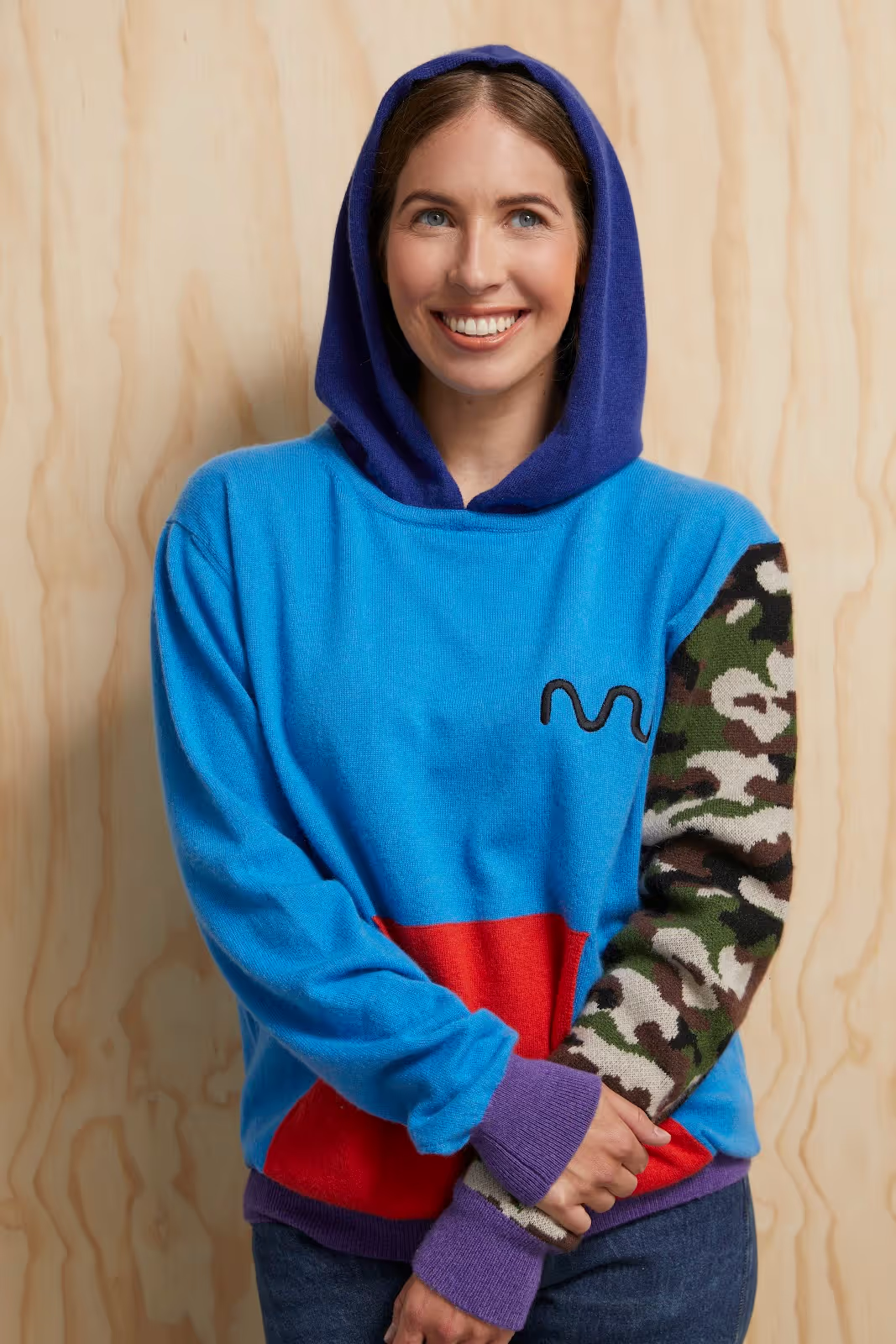
OpenSea: Starting with a hoodie offers flexibility in sizing. Did that influence your decision?
Colby Mugrabi: Absolutely. I wanted a unisex product that related to the web3 space. Hoodies fit that narrative and aren't too size-restrictive, covering a broad range of potential collectors.
OpenSea: Your hoodies remind me of Cotopaxi’s custom, recycled fabric pieces. How important is sustainability, along with uniqueness and NFC chips, to your brand and business?
Colby Mugrabi: Very important. Our manufacturing process is inherently sustainable. We don’t produce huge amounts of inventory. But the core driving force is the one-of-one nature and uniqueness, touching on provenance, rarity and collectability. That’s relevant in both web3 and traditional fashion spaces.
OpenSea: Are all the hoodies priced the same, regardless of their rarity or the fabrics used?
Colby Mugrabi: Yes, if you mint from the primary market. Outputs are random and all the same price. On the secondary market, there's a price discovery element. Cashmere outputs have a significant price premium. Of the 960, 100 are cashmere, and 860 are French terry. It's been interesting to see how collectors interact with the drop on the secondary market.
OpenSea: I haven't purchased any wearable NFTs yet, but I'm excited about this concept.
Colby Mugrabi: We're hoping mmERCH serves as an onboarding function for traditional fashion consumers. Every physical product comes with an NFC chip, which creates a web3 wallet called a “wearable wallet.” This allows people to engage with the blockchain without needing to jump through traditional NFT minting hoops.
OpenSea: And each hoodie has an NFC chip. Are they also associated with soulbound tokens?
Colby Mugrabi: Correct. Every NFC chip connects the brand and product even after redemption. The first two pieces of utility are a utility closet — where you access design traits, rarity information and view the NFT on OpenSea — then a wearable wallet, where collectors accrue experience tokens for attending events. These tokens are soulbound, staying with the physical item.
OpenSea: So if someone sells their token on the secondary market, the experience tokens stay in that garmen’s wallet?
Colby Mugrabi: Correct. The wearable wallet moves with the physical hoodie, not the NFT.
OpenSea: So, it's like buying an item with a verified history. You can prove its experiences, not just claim them.
Colby Mugrabi: Exactly. Significant experiences are often tied to garments. The wearable wallet and experience tokens serve as records for those experiences, similar to concert t-shirts or sports jerseys.
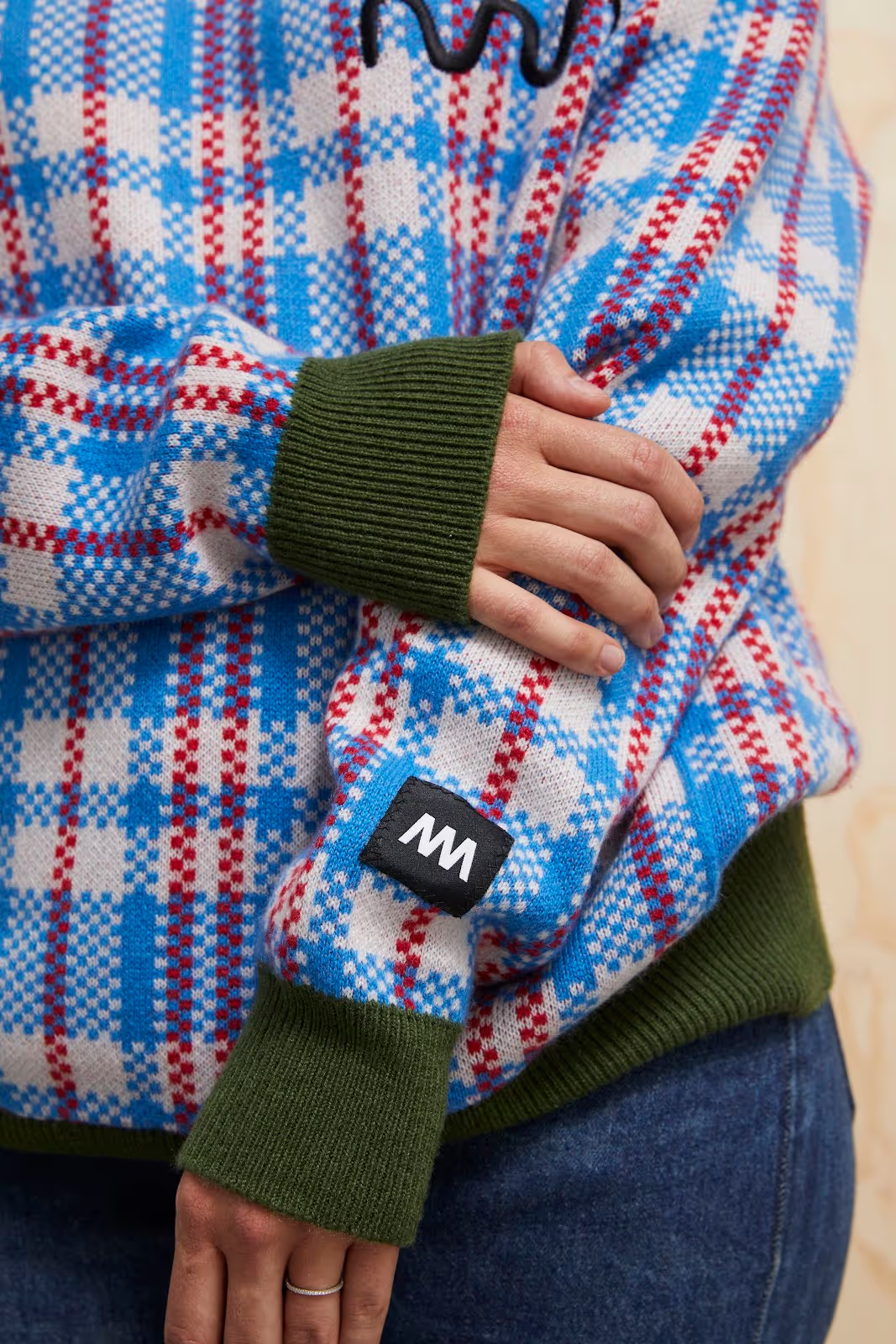
OpenSea: I can see a future where people in every fan-based industry buy merch the way we already do — sports games, concerts, etc. — but then get the added benefit of tracking the history. Like, a hockey fan might buy a jersey that was worn at their favorite team’s winning championship. Or in the luxury space, I imagine that buying a bag with a proven history of having been worn by a celebrity will give it more value than a comparable bag without that history. Do you talk about this kind of stuff with your non-web3 friends, or do only web3 people get it?
Colby Mugrabi: I'm lucky to have a supportive group of friends. We had our mmERCH launch party during NFT NYC in early April. It was an emotional event, a physical embodiment of all these worlds coming together, which is how we're positioning mmERCH as a brand. There were leaders in web3, the art world and the fashion world all in one room for this collective purpose. It was exciting to see, a true extension of the brand we're building and mmERCH’s position in the world.
EMBED: https://x.com/0x07777/status/1792932583946293460
OpenSea: That is indeed very lucky! What's next for mmERCH? Any teasers or previews you can share?
Colby Mugrabi: We're planning two more collections this year with different collaborators. Each drop moving forward will partner with someone from either the web3 space or the traditional fashion and art space. Look out for collaborations and new forms of utility through the utility closet and NFC chip.
OpenSea: Is there a mailing list for updates?
Colby Mugrabi: Yes, on our website at mmERCH.xyz, you can subscribe to our newsletter. Follow us on Twitter and join our Discord to stay updated with all our announcements!
OpenSea: Thank you, Colby, for your time. I'm so inspired. I hope to stay in touch and keep following what you're up to.
Colby Mugrabi: Thank you, Megan. Enjoy the day. Bye-bye.
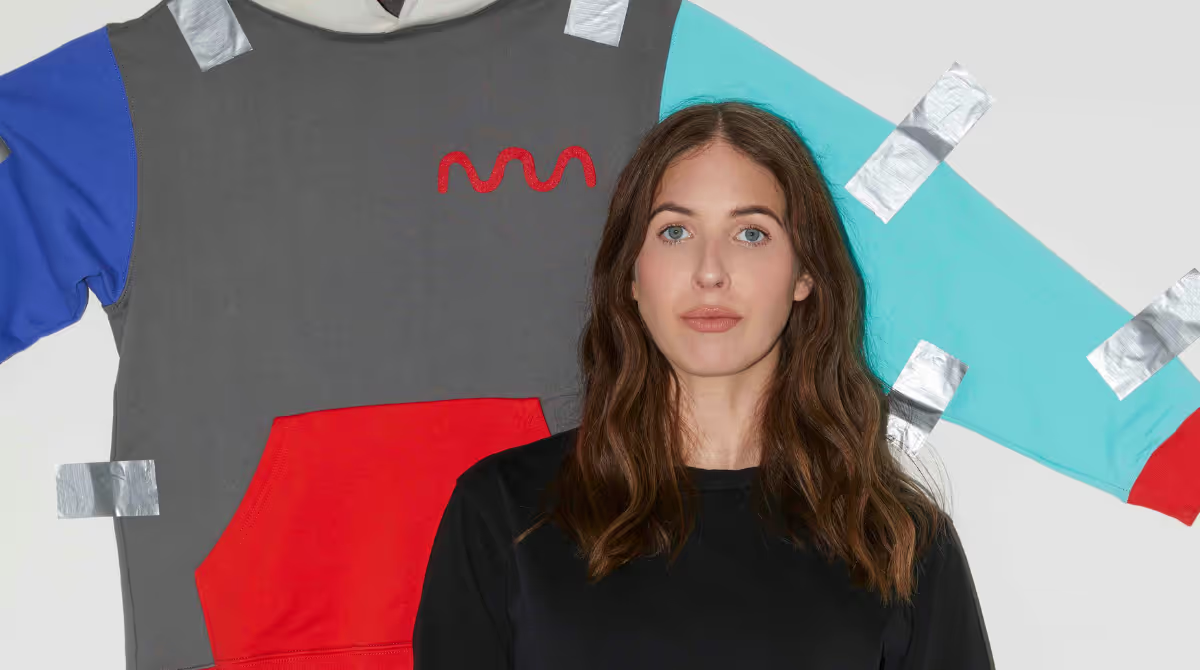
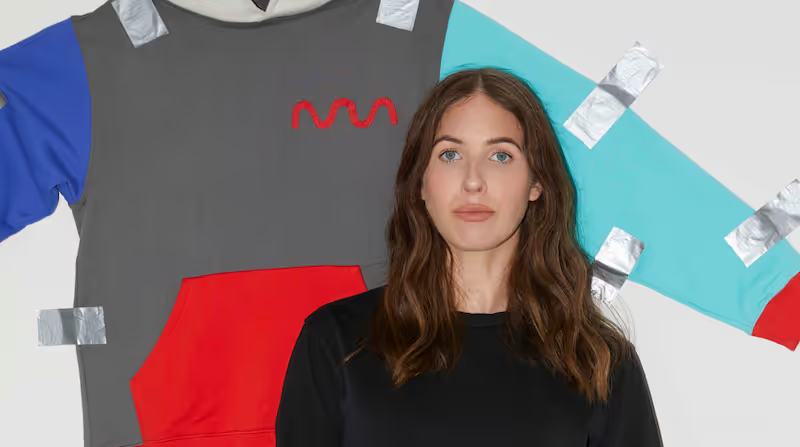


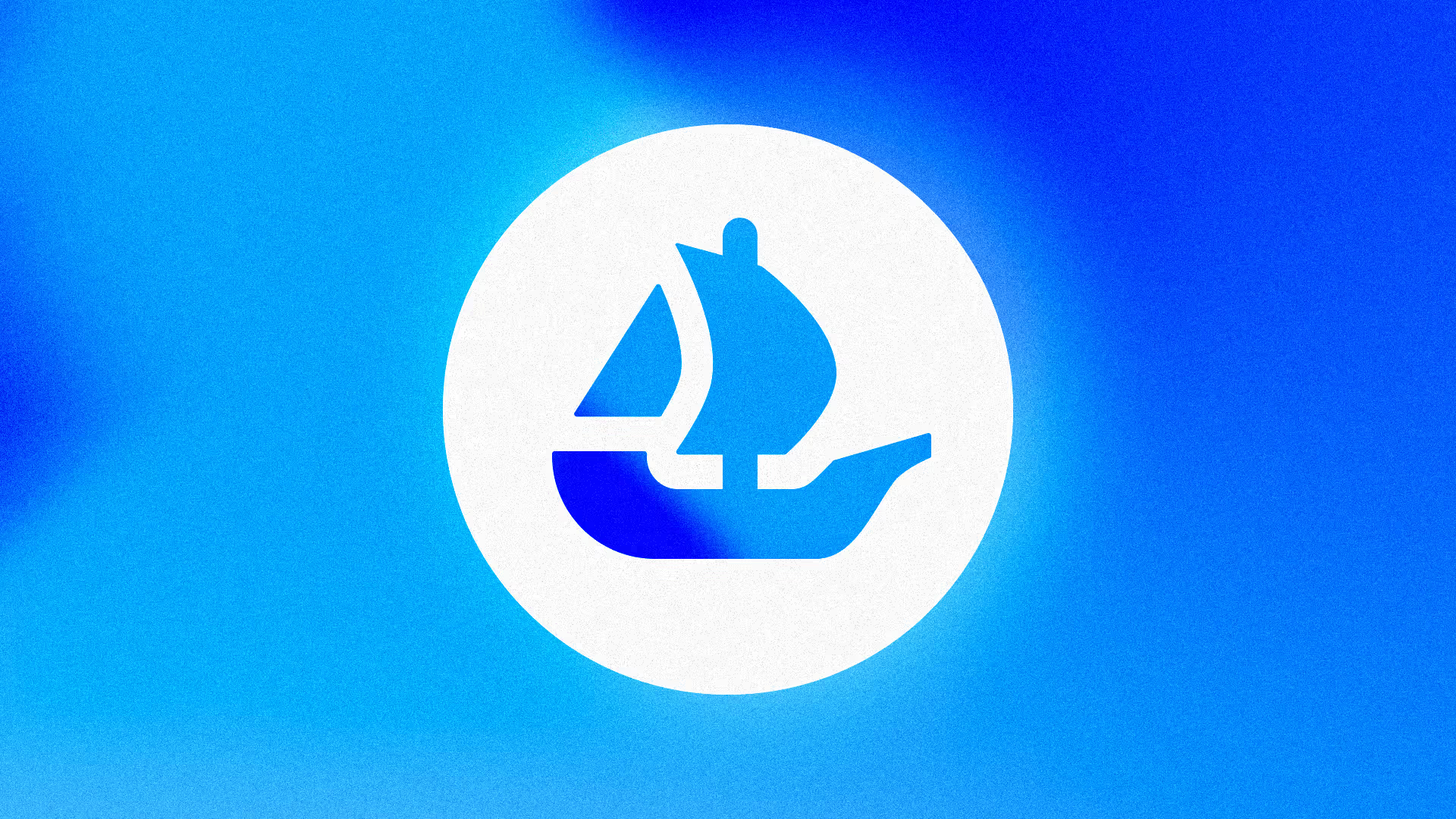
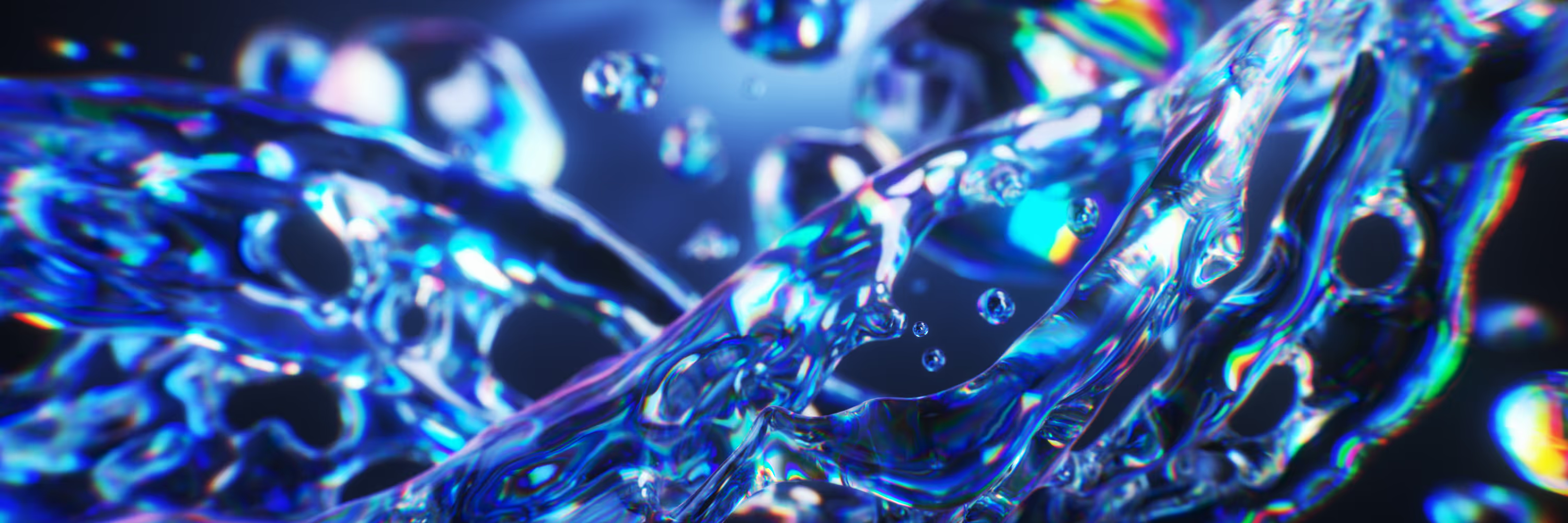
.avif)

.png)
.png)
.png)


.png)
.png)